Fever 104.9, hypoxia, altered mental status, hypotension, MSSA bacteremia
Dr. Smith's ECG Blog
JUNE 8, 2023
OMI Manifesto About Resources Teaching Images Lectures + Podcasts Rules + Equations OMI Literature Timeline OMI Facts and References The OMI Quizzes OMI Pocket Guide Cardiac CATH Guide QTc Calculator Lead Reversals-Artifact Neuroprotective CPR OMI AI: The Queen of Hearts Thursday, June 8, 2023 Fever 104.9, hypoxia, altered mental status, hypotension, MSSA bacteremia 2421022 Fever 104.9, hypoxia, altered mental status, hypotension, MSSA bacteremia massive PE intervention Posted by Steve Smith at
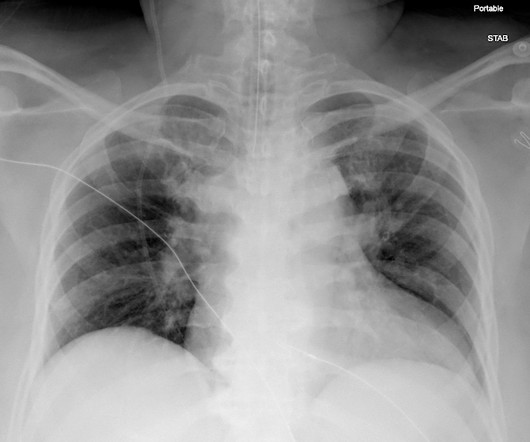
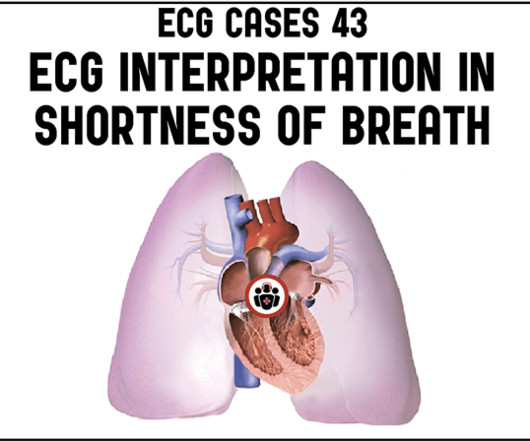

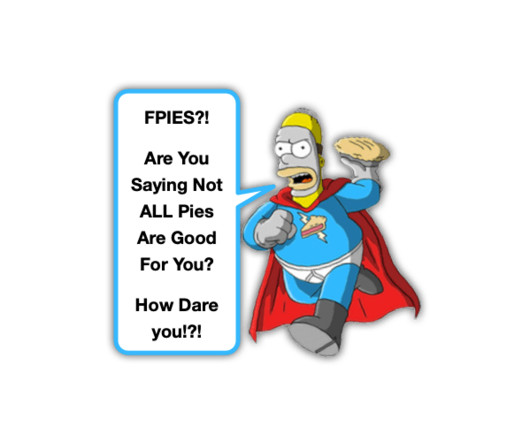



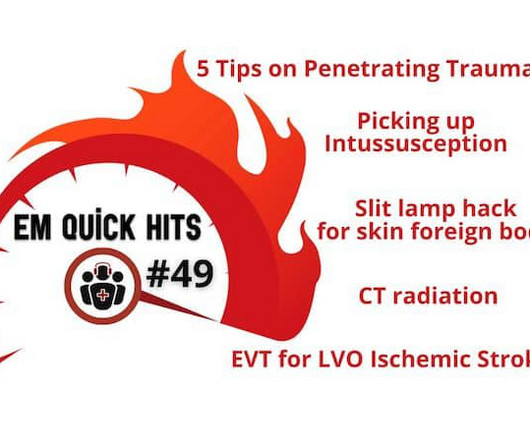
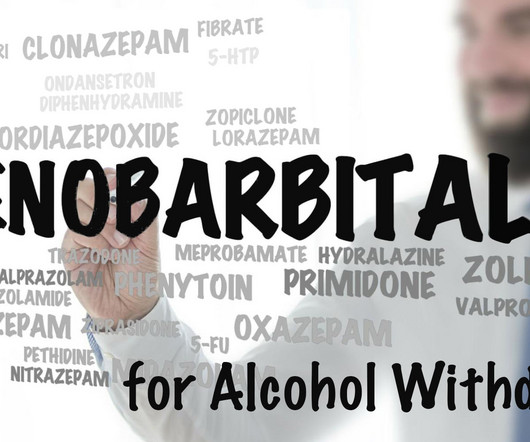

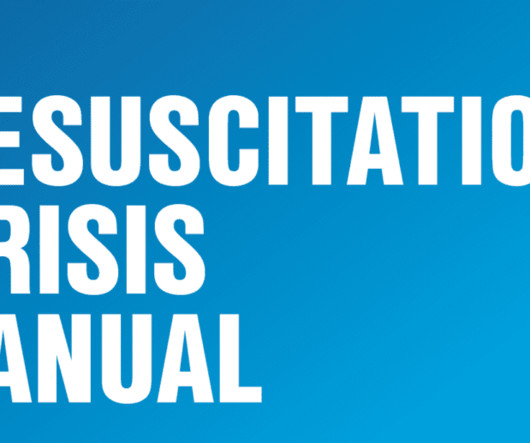






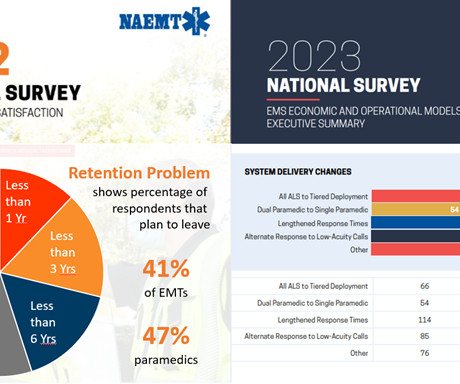


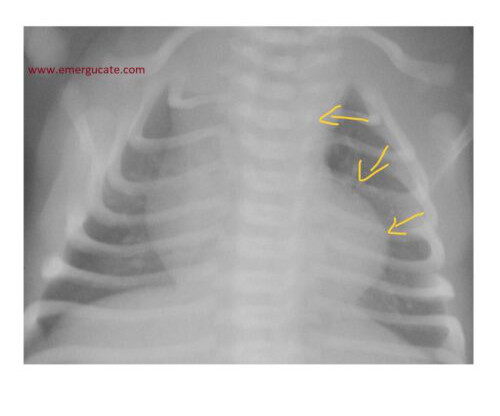





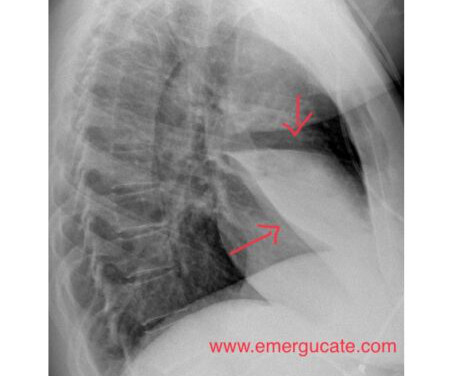





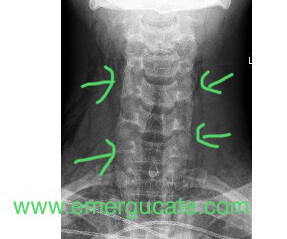


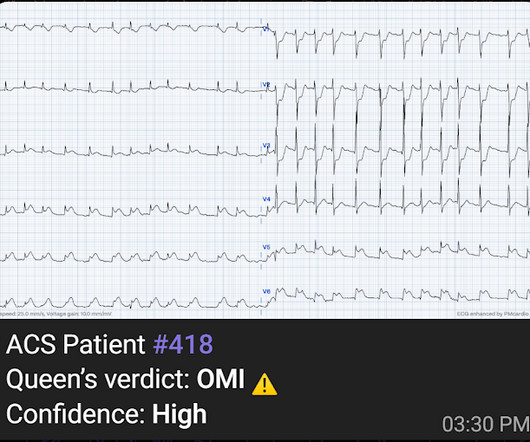








Let's personalize your content